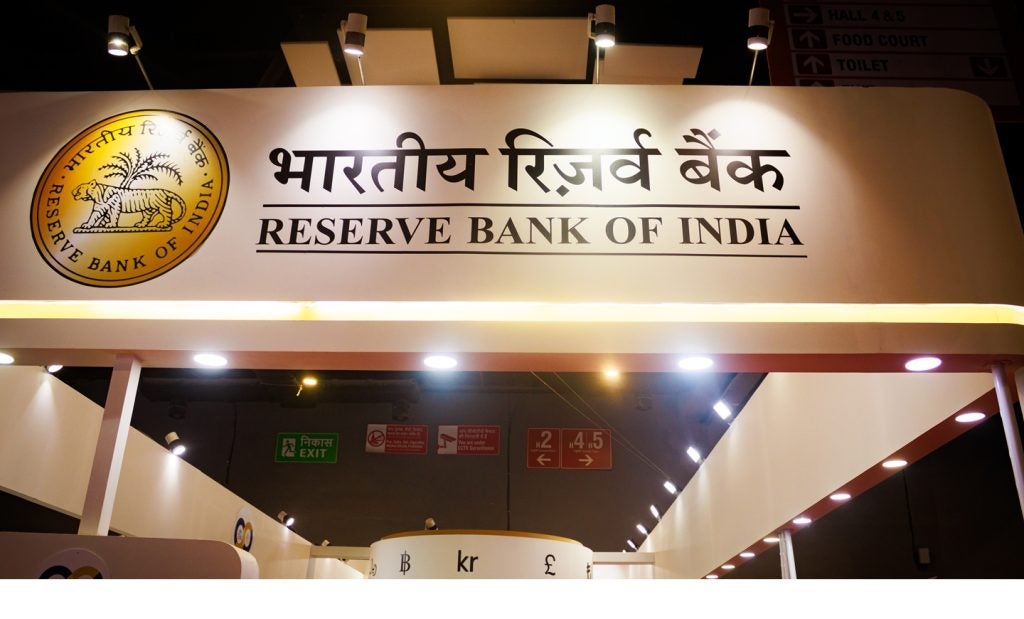Half of customers think loyalty to banks is a
thing of the past and 55% of consumers are more likely to switch
banks due to bad service than for a better deal, research by BT and
Avaya has revealed.
The Youbiquity Finance study, aimed
at financial services organisations, identifies current and future
consumer attitudes and behaviours towards retail financial services
across branches, call centres, mobile channels and other innovative
media channels.
The research was conducted across the UK, US,
Germany and Spain. The findings reveal that 65% of consumers keep
careful track on their finances and ATMs are the most preferred
channel (69%), followed by branches (64%).
“The branch is being revamped and a range of
facilities are being added,” said marketing consultant Marcus
Hickman, director at David Hickman Partners.
“It is interesting because just a few years
back there were talks of branches becoming obsolete, but they are
still vital.
“There are a lot of channels that banks offer
such as mobile banking, but there is a problem with persistency
there.”
Spain has emerged as the leader in mobile
banking, according to the study, and service levels are rated
highest by customers in the US.
The findings also reveal that customers trust
banks least in the UK and Spain; and local banks in US, Germany and
Spain offer better service than larger providers.
Even though social media is an important
channel for customer engagement for retail banks across the globe,
according to the research findings, only 15% of consumers want to
learn about new products and services through social media.
The research also outlines that while
consumers are willing to use mobile apps, they are less sure about
using online forums and social media to collaborate with others
over their finances, with only 7% interested in peer-to-peer
lending.
Social media as a form of customer service is
only popular for a small number of consumers (5%) and only 3% of
consumers want to share their Facebook profile with providers.
However, 43% customers have said they would
move bank if they see negative feedback on social media. A quarter
of customers between the ages of 16 and 24 would also like to use
video chat to speak to a bank.
Channel fragmentation for banks is ongoing and
demanded by consumers, and integration is a must, according to the
findings.
The research highlights that customers are
expecting to have even more engagement across all channels,
including newer channels, such as video chat, going forward.
The average number of channels used to
purchase a product is 2.9, and customers expect banks to tie
together disparate channels and personal data.
More than 60% of consumers would welcome
proactive outbound messaging. Steven Satchwell, client partner,
global and financial markets at BT Global Services, says:
“Banks have to concentrate on how to get more
products per customer – products that come as a bundle.”
John Gill, a senior manager for contact centre
sales manager at BT, says customers are looking for banks to put
each individual into context and they do not want to repeat their
banking details every time they make contact with their lender.
“Customers want one-call or
one-contact-and-done communication,” he says. “Banks are investing
in IT platforms as standardisation will bring agility to their
operations and give them the chance to be more proactive.
“The recession and lack of liquidity has not
stopped banks’ appetite or interest in making technology
investments.”
The research reveals that while consumers are
enthusiastically adopting mobile banking, and 24% customers have
tried it despite concerns about security, the diligence of usage is
lower than expected.
The mobile banking segment is fragmented, with
many initiatives and pilots involving mixes of banks, retailers,
mobile network providers, handset providers, payment providers and
alternative payment providers.
Consumers are becoming more interested in
mobile payments, but no one solution is dominant yet, according to
the research.
A third of consumers would feel comfortable
making mobile payments, according to the study.
And while concerns about security are
significant, 10% say they have used their credit cards or
smartphone to make payments for low-value items by a contactless
device instore.







